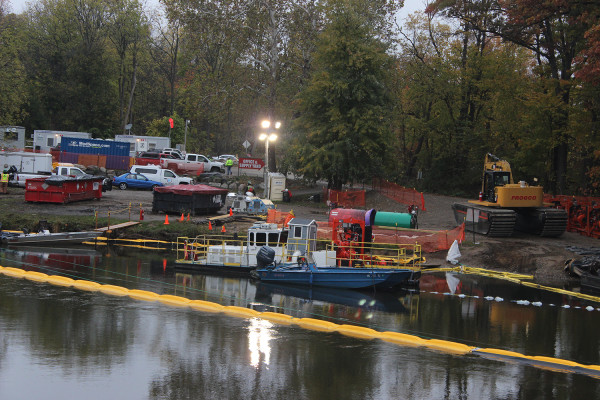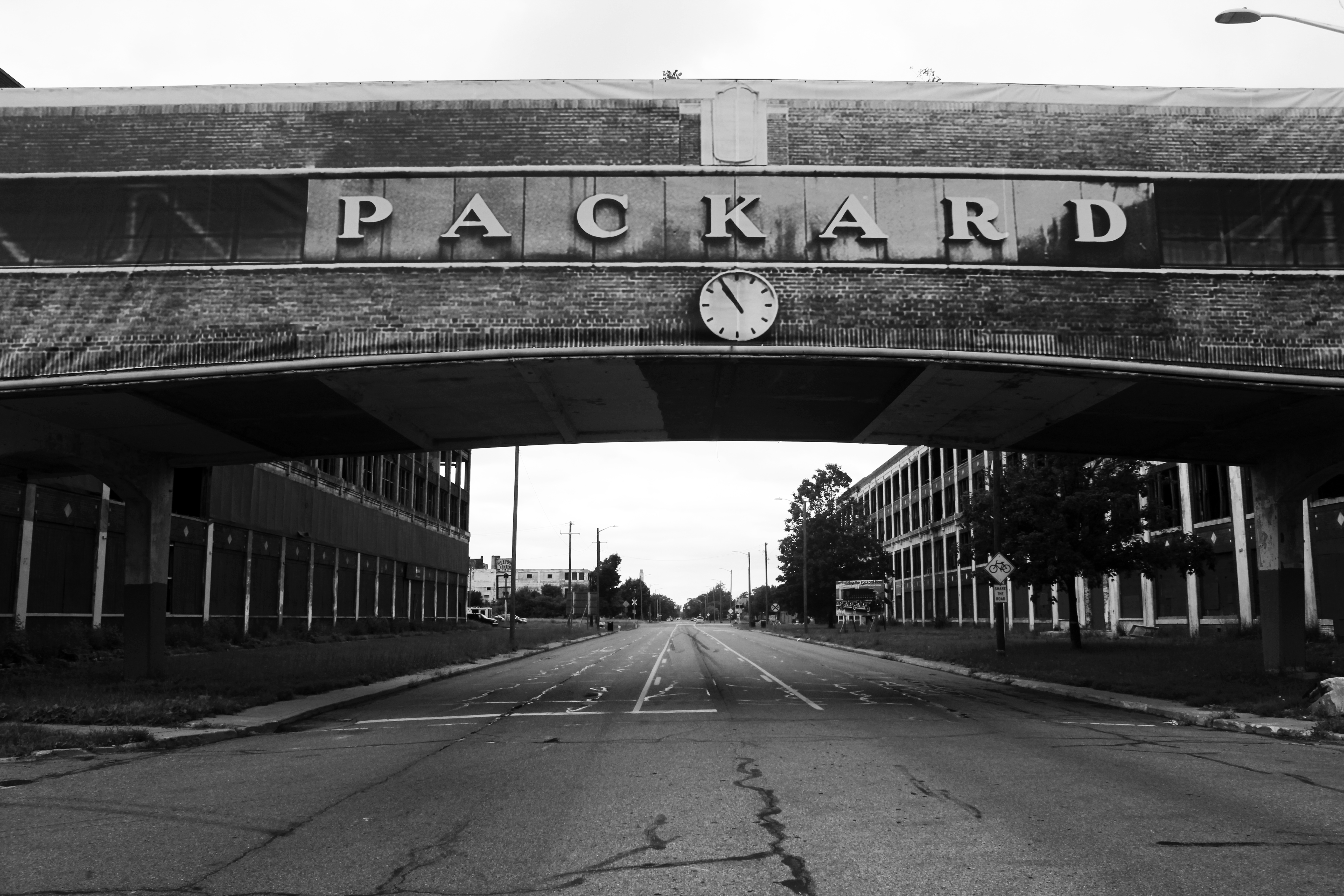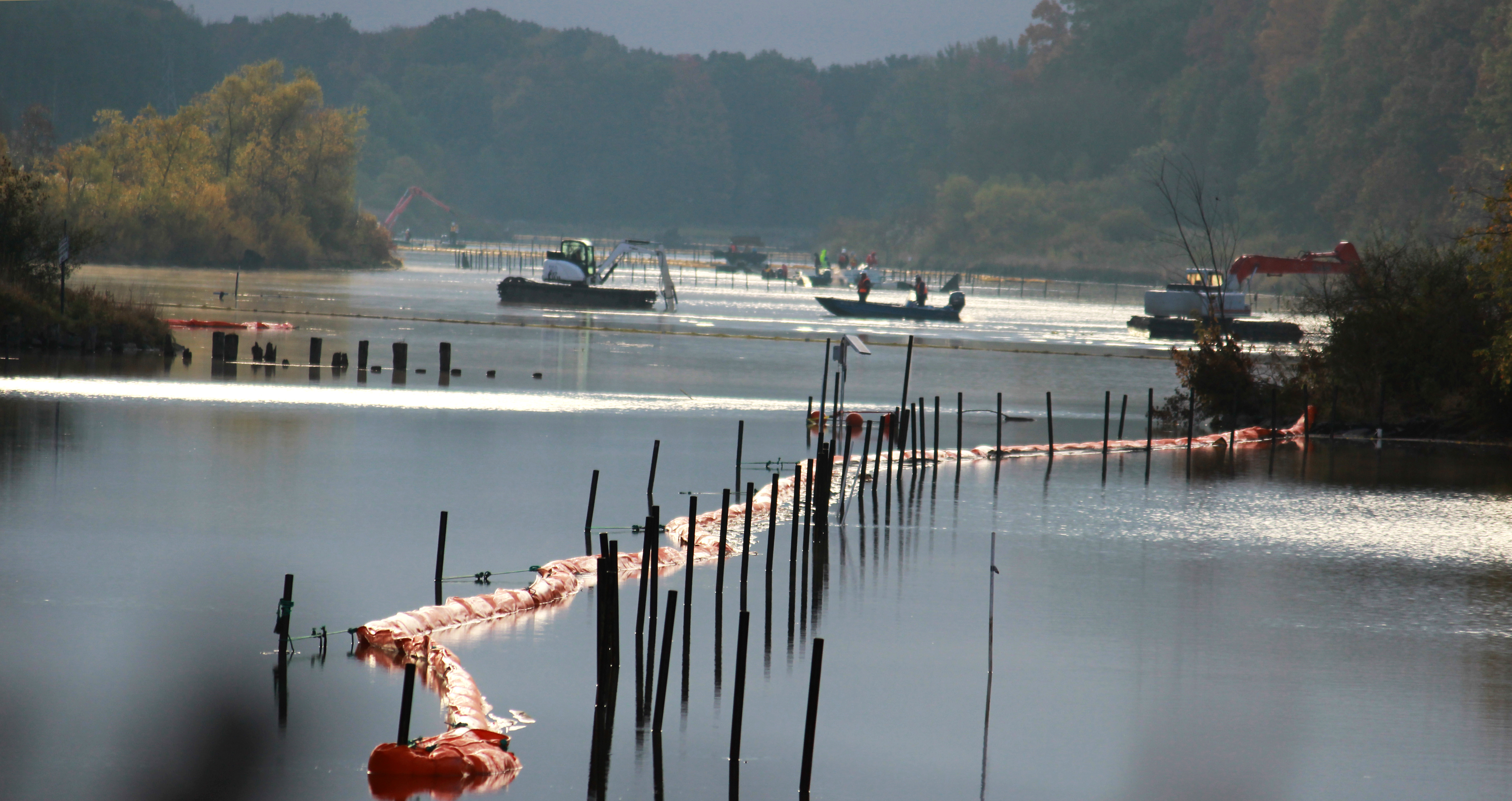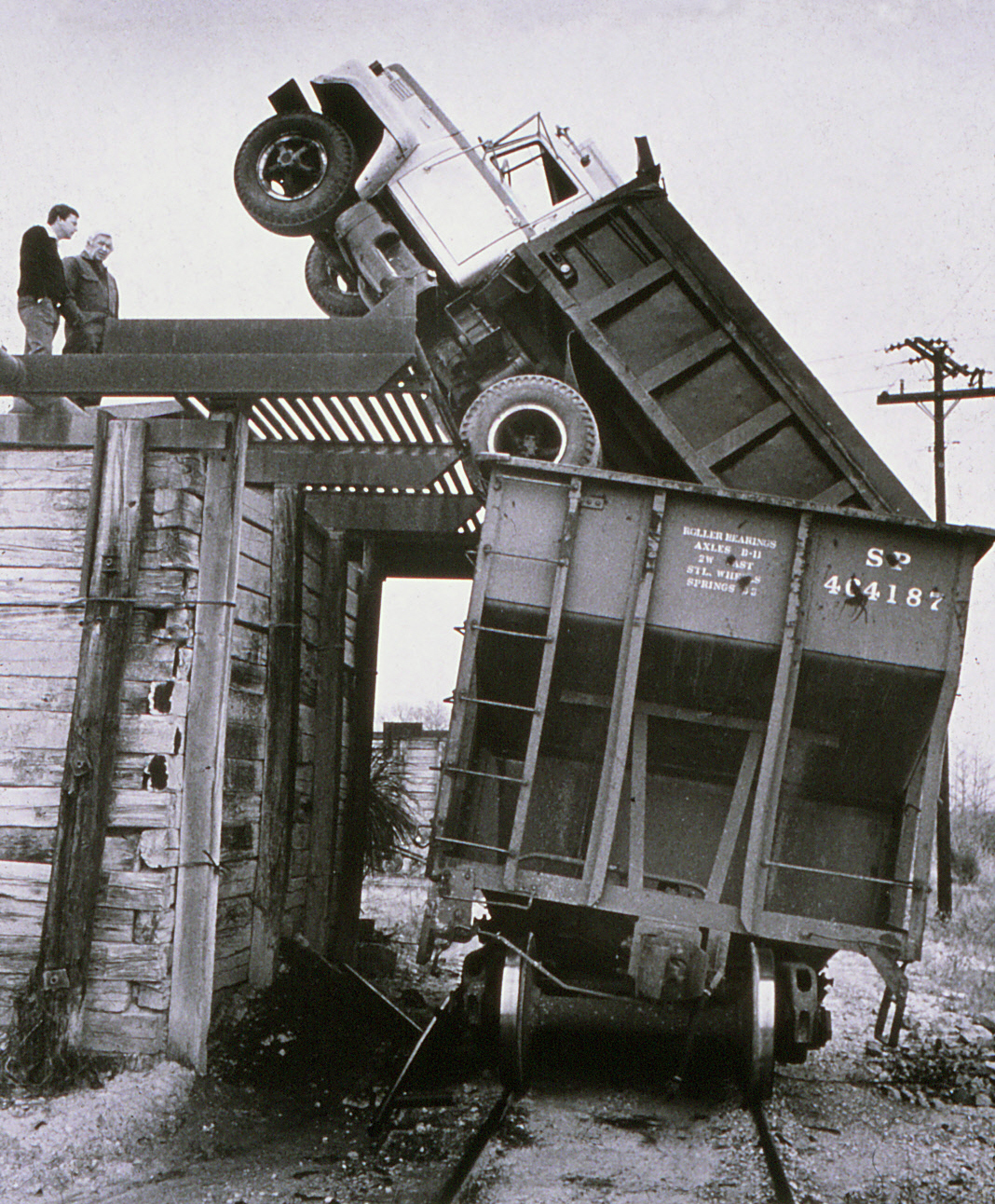Scott Sines, ©The Green Rocket News
Seventeen hours after multiple alarms in the Enbridge control room, a local utility worker called to tell them they had a problem.
Enbridge engaged.
Between 2,000 and 2,500 local and other cleanup workers flooded the Marshall, Battle Creek area. Cleanup crews were working 24/7, but they didn’t know what they were dealing with. Enbridge was elusive in disclosing that it was a dilbit spill.
In the meantime, the Benzene used to dilute the tar sands oil evaporated into the air sickening area residents. About 320 people reported symptoms consistent with crude oil exposure. No fatalities were reported. Residents were evacuated, property was purchased, checks were written. The oil sand sank to the river bottom.

— Community centers opened in Marshall and Battle Creek.
— In Spring 2012 the Kalamazoo River and Morrow Lake reopened. Sections closed again after the EPA ordered more dredging.
— Enbridge has created or improved five river access sites.
— Enbridge has contributed more than $300,000 to organizations in the area.
— Enbridge employees have made personal contributions to local charities.
From the wait staff at Kate’s Diner in Marshall, to the Mayfield (liquor) Store, all agree that business boomed. “As a businessman the impact was huge,” said Ed Heath, Vice President of Operations for a chain of gas stations and restaurants in Marshall and Battle Creek. More important he says are the recreational enhancements that Enbridge has created, 
The company’s efforts have paid off. “The vast majority of landowners we’ve worked with are pleased with negotiations … our goal is to work with property owners in an amicable way,” Enbridge spokesman Jason Manshum says.
Sue Boley agrees. “The river looks better than it did before the spill,” she says looking out at the Kalamazoo. While some of her neighbors have sold their houses to Enbridge, and left for good, she’s happy in her riverfront home.
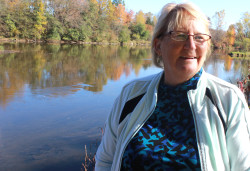
Three years later, cleanup costs top $1 billion with another $3.7 million in fines from PHMSA. In the three years since the spill Enbridge has reported over $2.3 billion in earnings.
In August 2013 the EPA ordered Enbridge back to the river for more dredging. There are still 180,000 stubborn gallons of submerged oil along 35 miles of Kalamazoo River bottom from Marshall to Kalamazoo.
